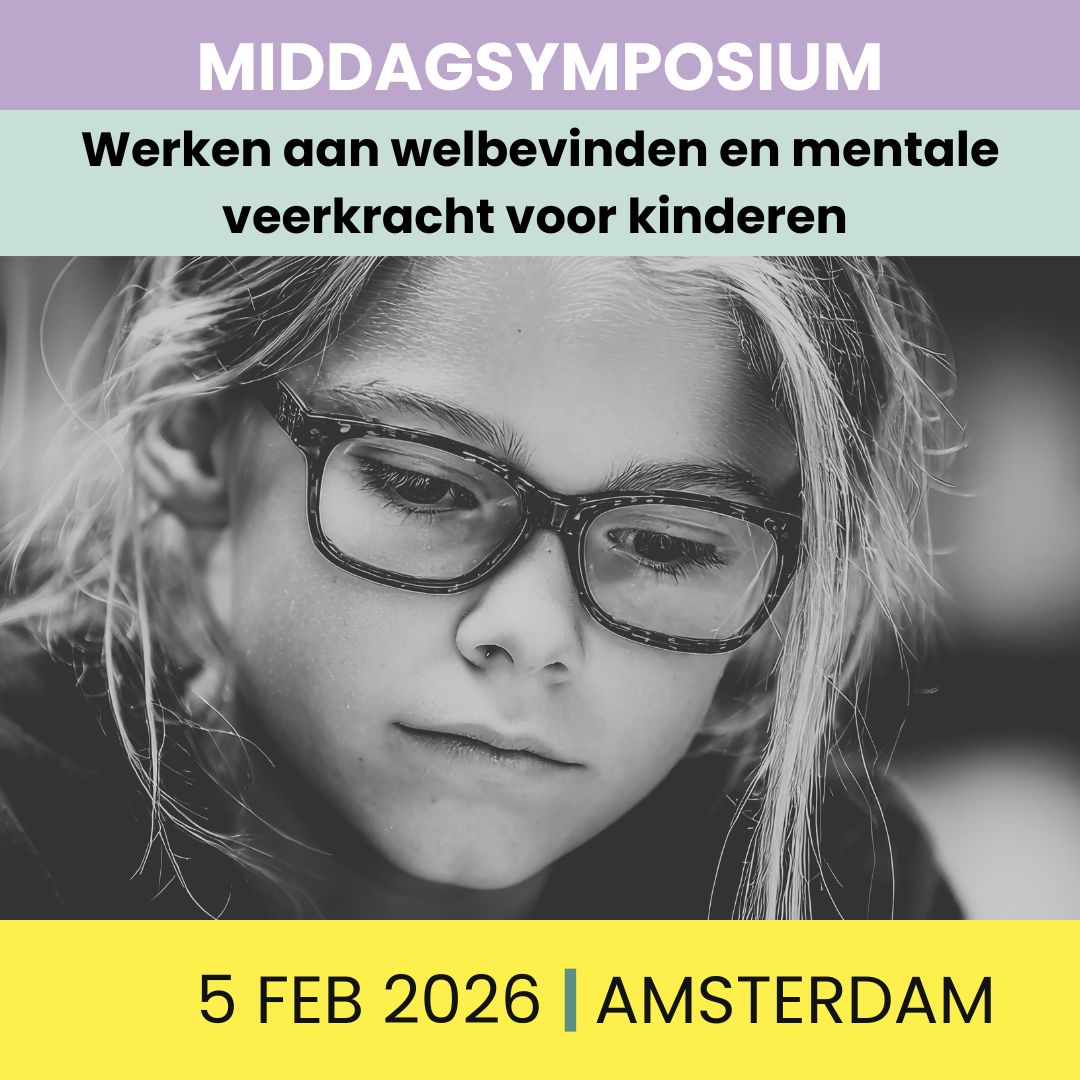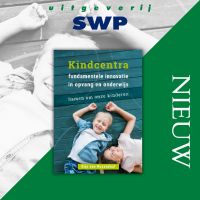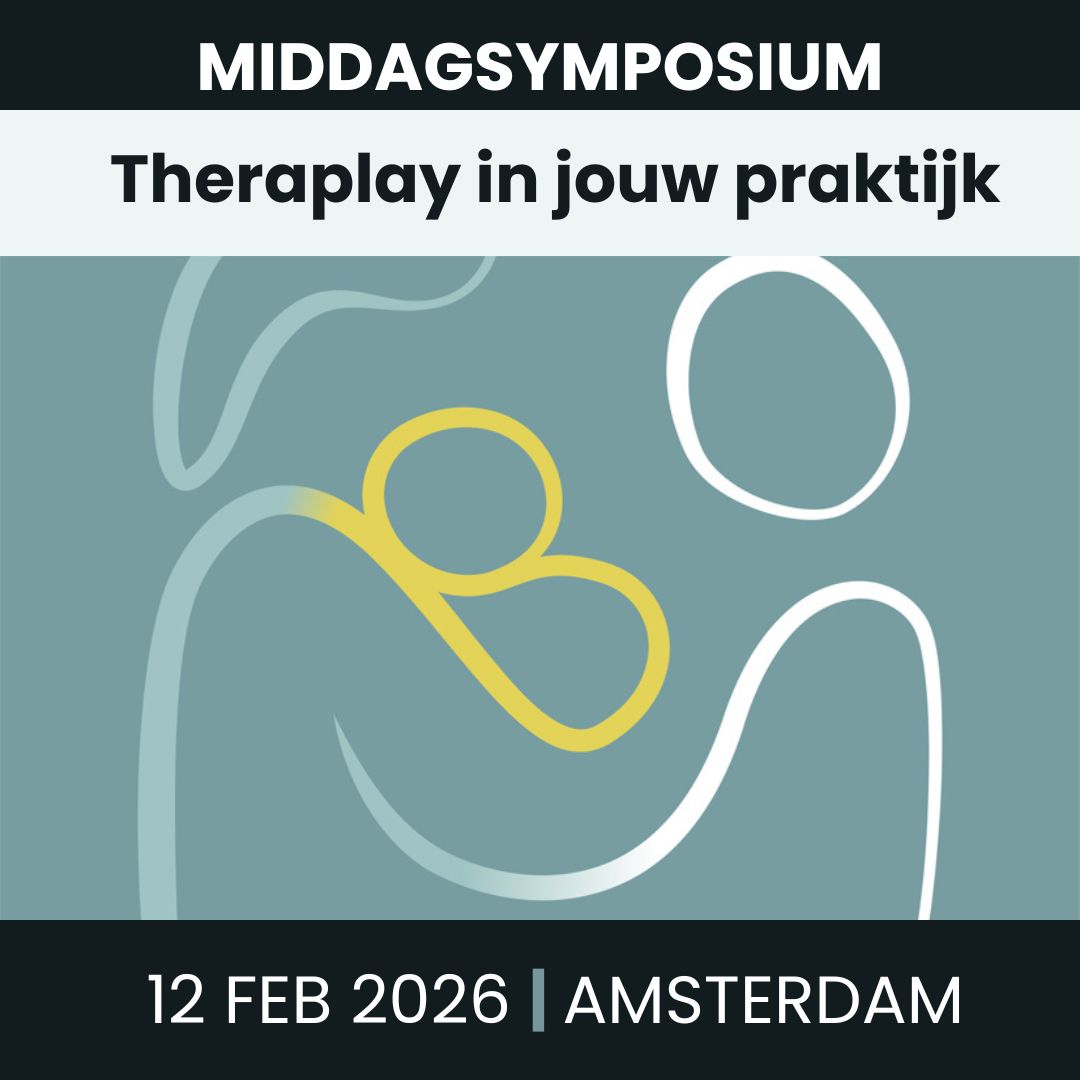Brussoni, M., Gibbons, R., Gray, C., Ishikawa, T., Sandseter, E. B. H., Bienenstock, A., ... & Tremblay, M. S. (2015). What is the relationship between risky outdoor play and health in children? A systematic review. International Journal of Environmental Research and Public Health, 12(6), 6423-6454.
Gill, T. (2014). The benefits of children’s engagement with nature: A systematic literature review. Children Youth and Environments, 24(2), 10-34.
Oswald, T. K., Rumbold, A. R., Kedzior, S. G. E., & Moore, V. M. (2020). Psychological impacts of “screen time” and “green time” for children and adolescents: A systematic scoping review. PloS One, 15(9), e0237725.
Pritchard, A., Richardson, M., Sheffield, D., & McEwan, K. (2020). The relationship between nature connectedness and eudaimonic well-being: A meta-analysis. Journal of Happiness Studies, 21, 1145-1167.
Roberts, A., Hinds, J., & Camic, P. M. (2020). Nature activities and wellbeing in children and young people: A systematic literature review. Journal of Adventure Education and Outdoor Learning, 20(4), 298-318.
Sando, O. J., Kleppe, R., & Sandseter, E. B. H. (2021). Risky play and children’s well-being, involvement and physical activity. Child Indicators Research, 14(4), 1435-1451.
Van Gent, M. & Kooijmans, M. (2025). ‘Ik heb nog nooit eerder zo mezelf kunnen zijn’: Over autonomie en motivatie van jongeren in pedagogische vrijplaatsen. Pedagogiek in Praktijk, 30(139), 40-44.











